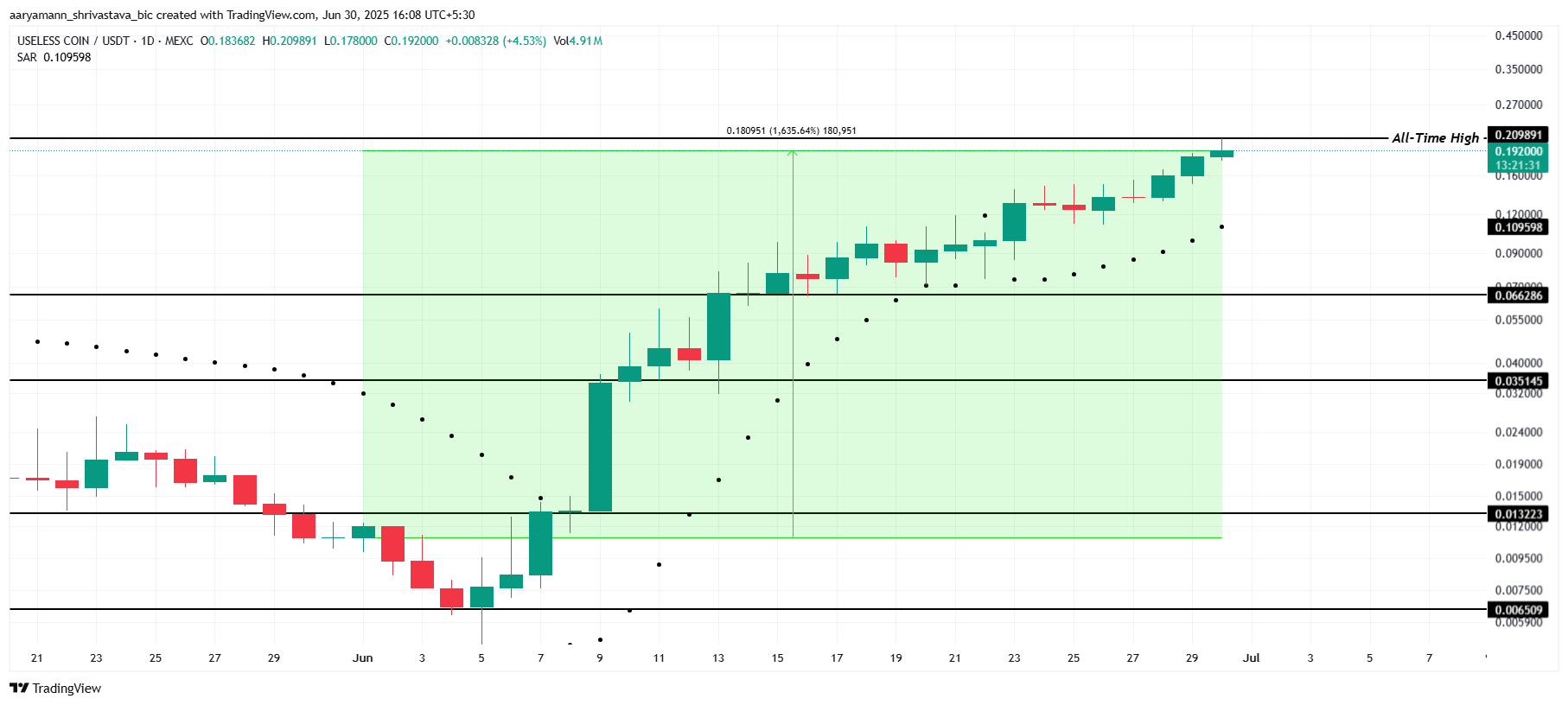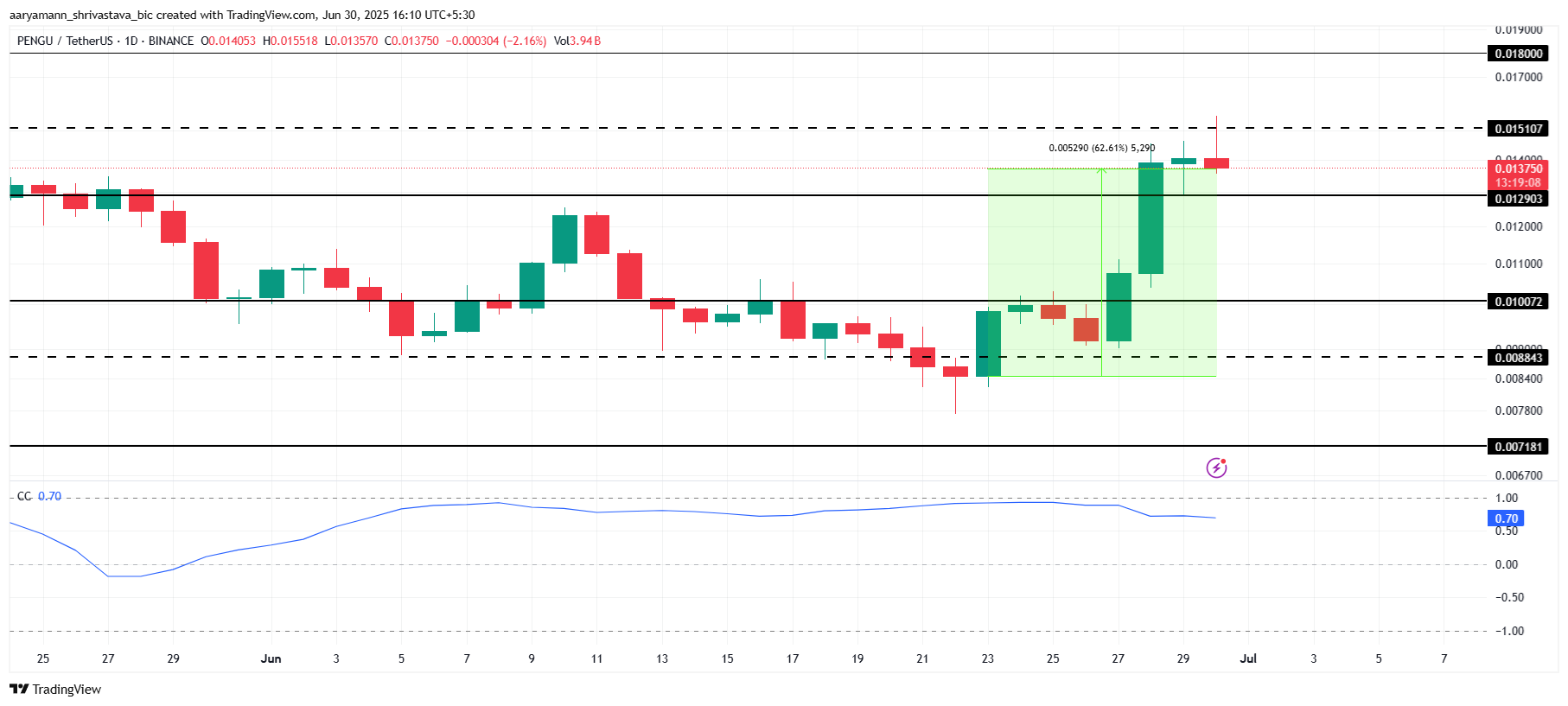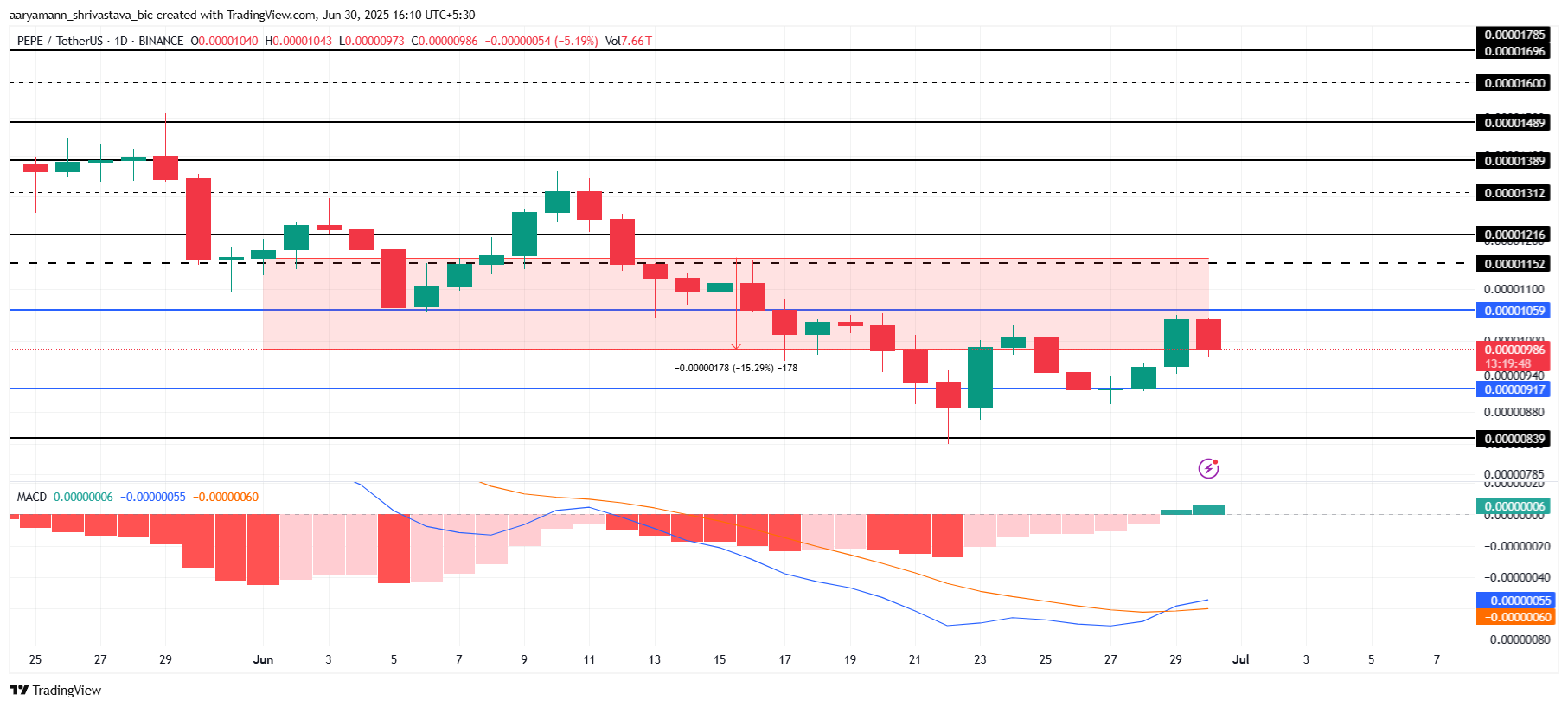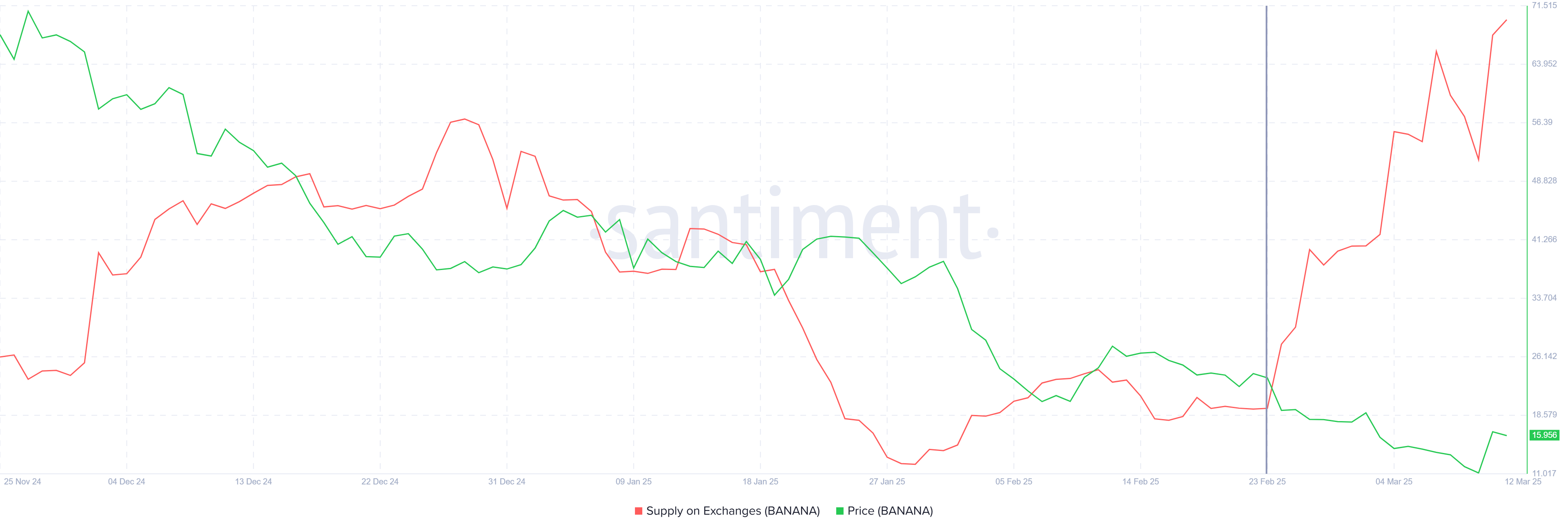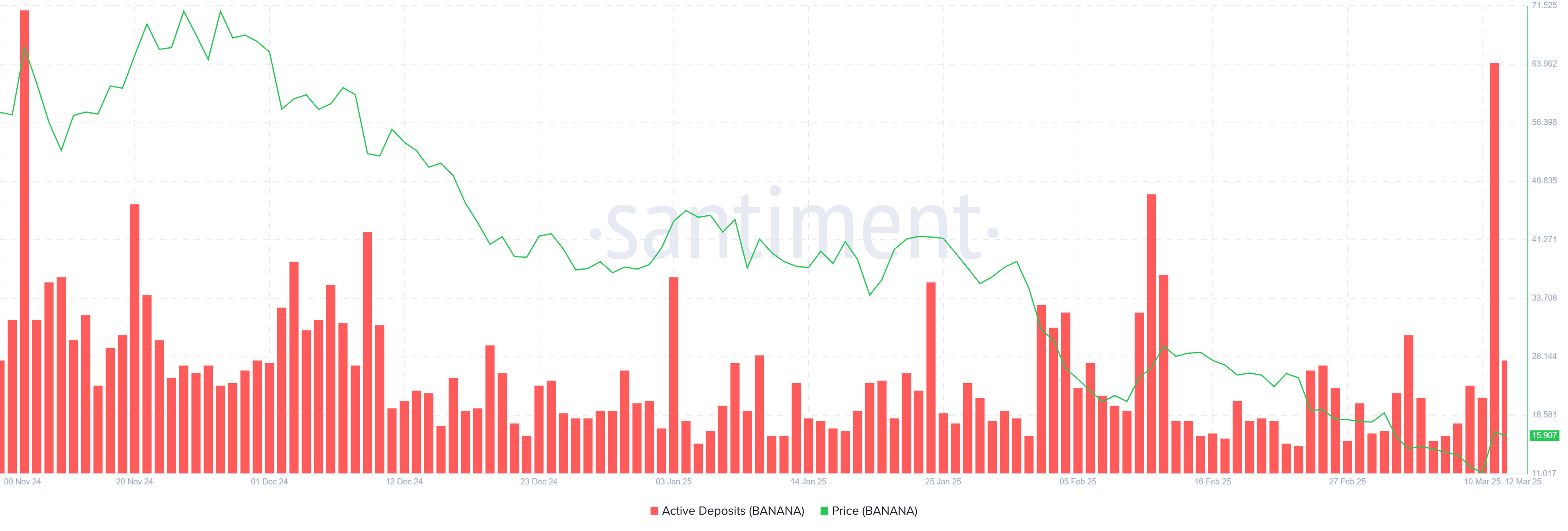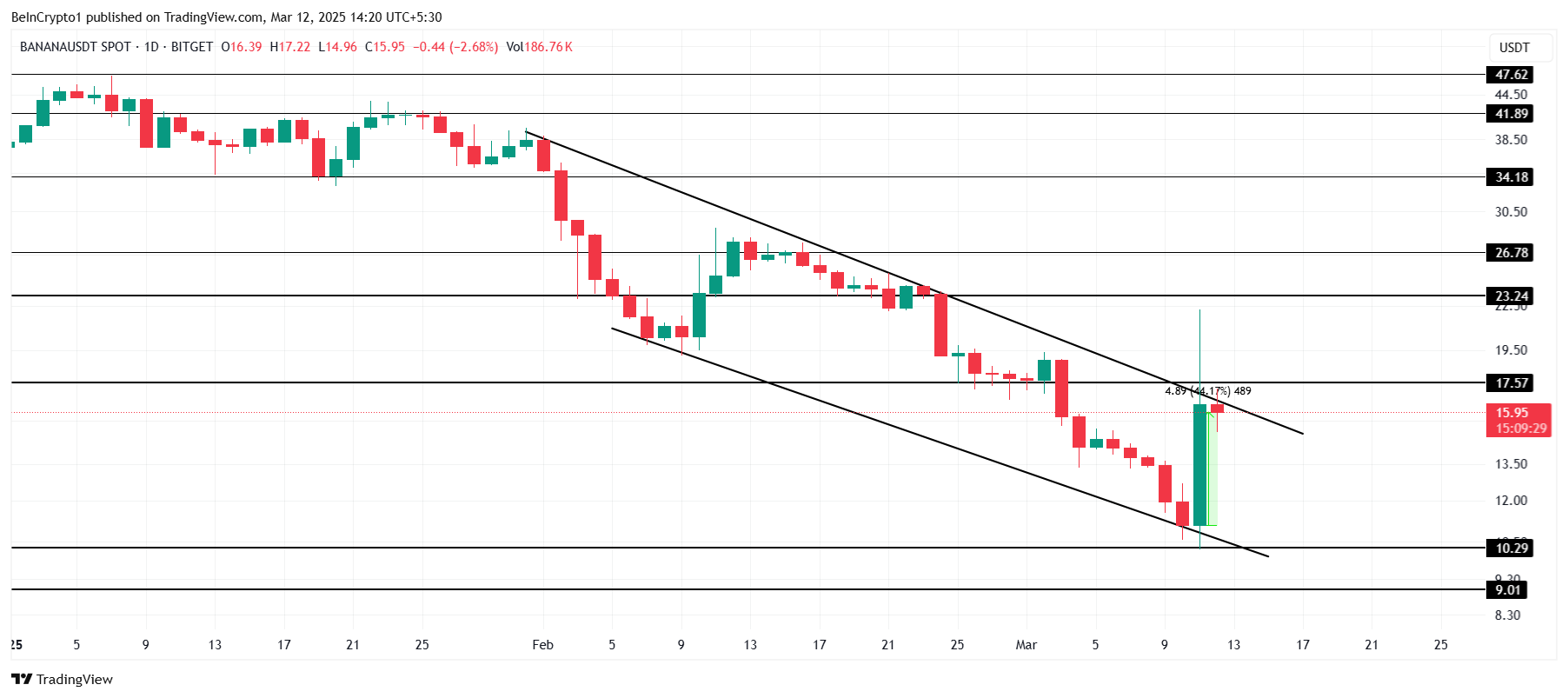The first state-level Bitcoin Reserve bill in the US is now fully approved, as New Hampshire’s Governor Kelly Ayotte signed it into law today. This makes New Hampshire the first state to get such a plan across the finish line.
Although Florida and Arizona saw recent setbacks, a victory in New Hampshire is a substantial accomplishment.
New Hampshire Enacts Bitcoin Reserve Law
Earlier today, the state-level Bitcoin Reserve initiatives in the US were looking dire. Two relevant bills died in committee in Florida less than a week after Arizona’s governor vetoed another.
However, New Hampshire has bucked this trend, creating the US’s first Strategic Bitcoin Reserve/
This Reserve bill puts New Hampshire at the head of the country in a few ways. In addition to allowing the state to purchase and hold Bitcoin, there is another interesting aspect.
Specifically, the law is not exclusively tailored to Bitcoin. It allows the state to purchase any cryptoasset with a market cap over $500 billion. Today, that’s only BTC, but others could join.
This means if Ethereum and XRP reach this threshold in the future, the state can purchase these altcoins as a part of its reserve.
New Hampshire’s successful effort will encourage other Bitcoin Reserve bills and provide valuable data on how this system works in practice. Other state governments can learn from New Hampshire’s successes and failures to refine their own legal initiatives better.
Meanwhile, Trump’s national Bitcoin Reserve plan is still unclear. The initial executive order provided a 60-day deadline for the Treasury to assess the plans for a digital asset reserve. That deadline ended yesterday, but no concrete update has been given yet.
As of now, the Governor has not specified the amount of BTC the state will purchase. However, according to the bill, New Hampshire can allocate a maximum of 5% of total state funds to purchasing Bitcoin.
For 2026-2027, the state’s total fund is $16 billion in expenditures. So, it will be interesting to see how much of that will be allocated for BTC.
The post New Hampshire Bitcoin Reserve Bill Gets Signed into Law appeared first on BeInCrypto.





